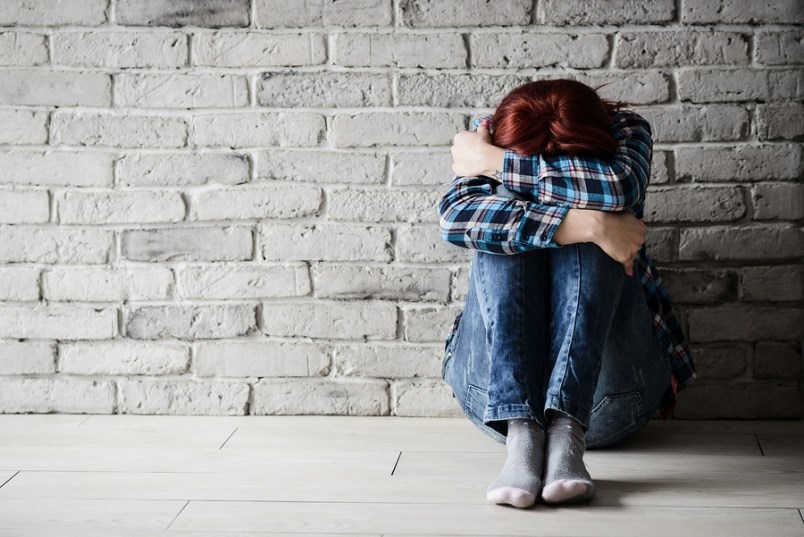Northern Saskatchewan have just finished first in the type of competition no region wants to win.
According to a recent Statistics Canada Juristat study, the region sees the most violent crimes against females 24 years old or younger than any other northern area in Canada.
The report, released July 4, states that northern Saskatchewan has the highest rate of violent crimes with young female victims reported to police per capita.
According to the report, northern Saskatchewan reported 13,886 victims of violent crime per 100,000 people.
The two provinces also feature the largest gap in crimes reported against women and girls between northern and southern areas.
In Saskatchewan, violent crime rates against women and girls are more than six times higher than they are in the south.
The report shows that more than two thirds of police-reported violent offences against women in the north take place in areas considered “rural”, not in major northern centres such as Thompson, Prince George, Fort McMurray and the like.
Colleen Arnold, executive director of the Flin Flon-based Women’s Resource Centre, was not surprised by the report’s findings.
“I think we always knew, maybe not officially, statistically, but I think we knew that we had very high rates. I think we may have been highest at one point,” she said.
Some commonalities between northern regions with higher crime rates are high numbers of adults without high school or postsecondary education, a younger population, high unemployment and lower incomes.
Many northern communities feature high populations of Indigenous people - Indigenous women are five times more likely to be assaulted or victims of violent crimes than non-Indigenous women.
“Everything goes back, for me, to equality,” said Arnold.
“We’re nowhere near there, and people will argue that we are more equal now that women have just as many rights, we still aren’t completely equal. Then, Indigenous women are even thought of lesser at times, not even equal to a non-Indigenous woman. If people already objectify you, they also see you as less than any other.”
Having extensive experience with domestic violence and abuse in northern locales, Arnold said domestic violence continues to be a major issue in the region.
“It’s huge. It’s almost at epidemic proportions. There definitely still needs to be a lot of work. Women have been working on these issues for so long. We need more men with us as allies. It takes the whole community to step up and say you’re not going to do that. We’re not going to turn a blind eye, you’re going to be held accountable, that kind of thing. If more and more people spoke up about it, it might help.”
The Women’s Resource Centre provides services for women who have been in abusive circumstances. Not all northern communities have such a facility, said Arnold, and women in a vulnerable position may still have trouble adjusting to the world after suffering trauma.
“You’re safe while you’re in there, sure, but you still actually have to be able to get out into the community to work and live. Some women don’t feel like they would be safe enough to do something like that.”
Arnold said one of the best ways to counter high rates of violent crimes against women is through education – particularly for young people.
“If youth are brought up seeing women as equals and taught the values of never putting your hands on a woman in anger, then with the next generation, this will happen less and less,” she said.




